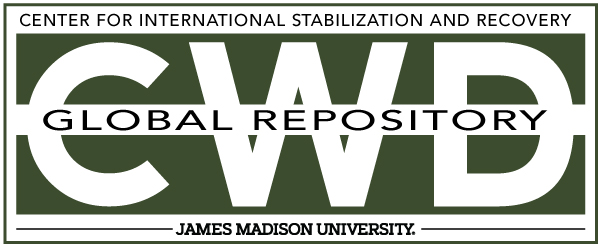Document Type
Other
Creative Commons License

This work is licensed under a Creative Commons Attribution-Noncommercial-No Derivative Works 4.0 License.
Publication Date
1-2007
Keywords
Risk Education, KAP, Knowledge, Attitudes, Practice, HI, Humanity and Inclusion, Survey, Somalia
Abstract
In Somalia, there is an identified need to undertake a mine risk education program. Although the quantitative number of landmines and UXO has been reliably established since the Landmine Impact Survey conducted in 2003, it is clear that communities living in particular areas of Somalia have a high perception of living in a mined area. An initial first step in designing an appropriate mine risk education program in Somaliland has been established by Handicap International and UNICEF collaboratively through a survey conducted in 2002, which undertook this Knowledge, Attitudes, and Practices in three regions of the North West Zone. The three regions of Awdal, Galbeed, and Togdheer were identified as areas where communities are at a relatively high risk of exposure to landmines and UXO, and the LIS confirmed it one year later.
To evaluate the impact of the HI’s MRE project since 2003 on the population, an evaluation study was realized to gather information on current community practices in relation to landmines and UXO, as well as information on practices related to communication since the starting of HI project. This information was compared to the information gathered during the study of 2002. This study provides a basis for more enhanced understanding of the selected communities and will be used to guide and adapt the planning and the design of a locally appropriate HI mine risk education program for the future.
We hope the findings and recommendations of this study will be useful to all partners working on issues related to mine action and mine risk education
Included in
Defense and Security Studies Commons, Peace and Conflict Studies Commons, Public Policy Commons, Social Policy Commons



